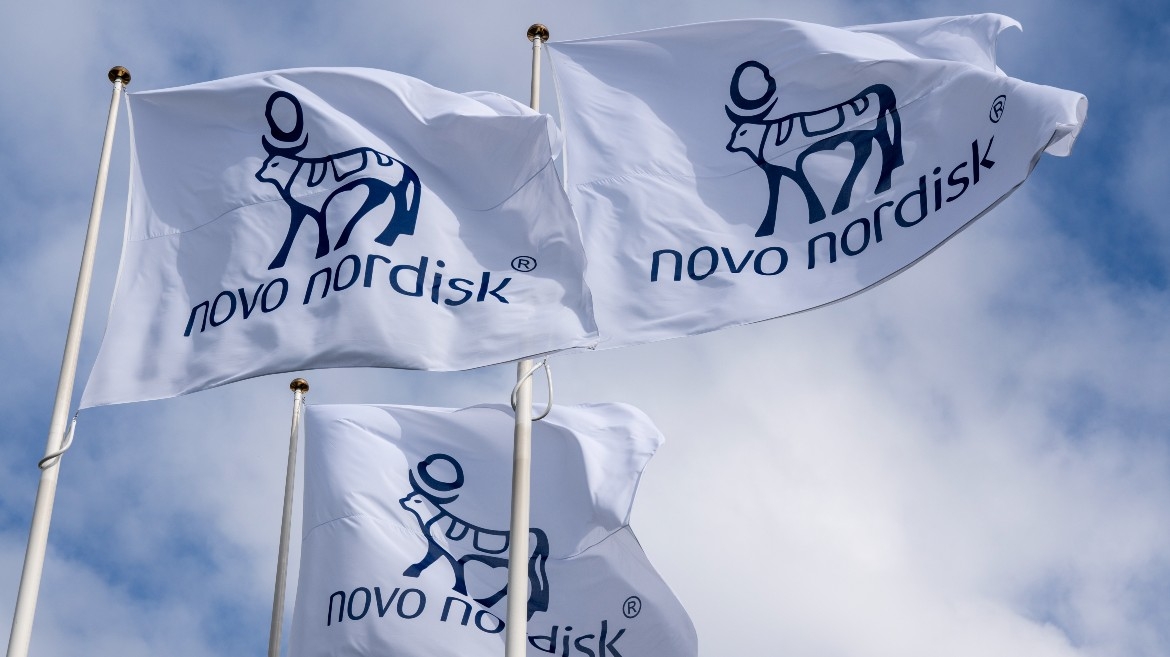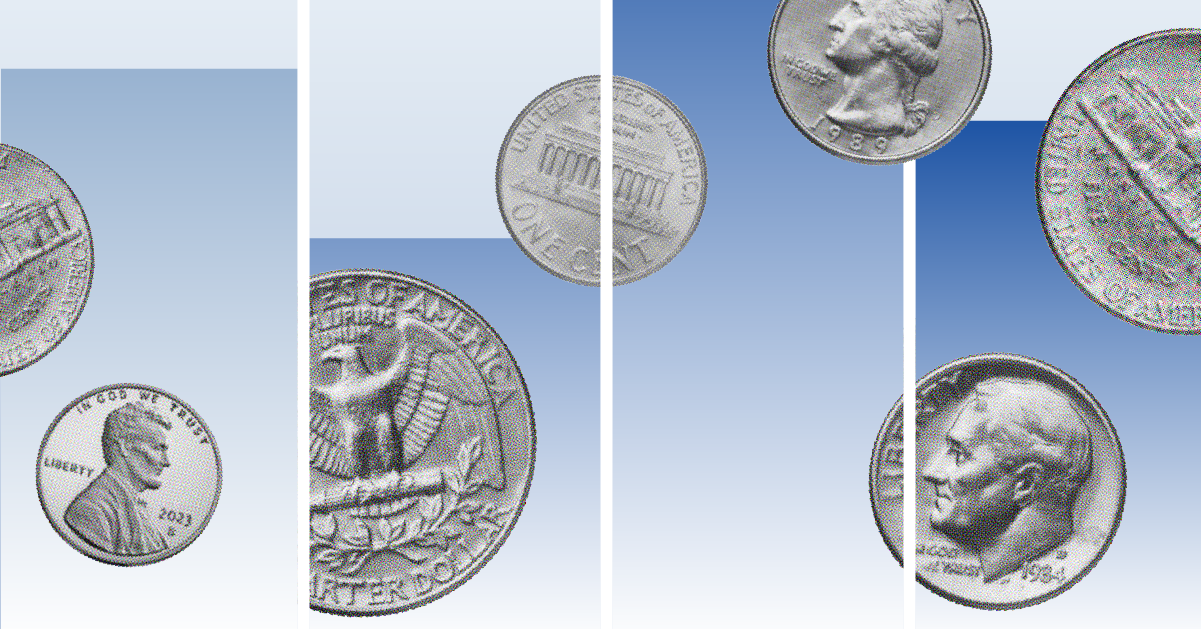This article is part of the Morningstar's Guide to Active vs Passive Investing. Click here for our edit on how the experts use the tools at their fingertips, finding out whether you prefer one to the other and examining how to blend active and passive investing for profit.
The active versus passive investing debate can be rather heated at times, with supporters of either side vehemently defending their case with a battery of statistics and analyses. However, once the key arguments are made, proponents of each side readily admit that this is not a “black or white” debate, but one where there are positive aspects to consider in both investing philosophies.
Indeed, even the most ardent proponent of passive investing would readily admit that there are active managers that do a good job, some even with a fairly high degree of consistency. The problem is finding them. Meanwhile, defenders of active investing express appreciation for some of the properties of passive investment vehicles such as exchange traded funds (ETFs). For example, they value their flexibility and the democratising effect they have by affording all investors easy access to asset classes which were previously out of bounds but to a few.
The answer to this debate could well be to take the positive aspects of both sides and merge them into one. Enter the ‘active ETF’; an actively-managed strategy which is sold in an ETF wrapper. Not to be confused with ‘strategic beta’ ETFs, also called 'smart beta' ETFs, which replicate the performance of non-standard indices, active ETFs do actually aim to deliver returns above their benchmark of reference. In other words, active ETFs aspire to deliver alpha.
Since I have been involved in the ETF world, I have been hearing of active ETFs as an area of tremendous growth potential. The reality is that active ETFs remain a minority proposition; they only account for 1% of assets under management in the European ETP market.
However, this is a noisy minority; one that routinely manages to grab headlines both in Europe and the USA. It is not difficult to understand why. After all, on paper, active ETFs do appear like a great solution. So, why is it that they have – as yet – failed to make substantial inroads?
Well, as it often happens, what at first sight may look like a straightforward proposition is not so when put into practice. There are several aspects that make the development and distribution of an active ETF particularly challenging.
For starters, ETFs, being funds which trade like common stock in the exchange, must generally adhere to the highest standards of transparency in terms of holdings in order to allow for real-time pricing valuations – potentially in multiple exchanges. It is fair to say transparency is not something readily embraced by a significant proportion of active managers. In fact, keeping their investing strategies relatively hidden is generally given as a reason to build a competitive edge vis-à-vis their peers.
Meanwhile, from the point of view of an ETF provider, allowing an actively-managed strategy to be distributed in the ETF wrapper may only make sense if the person/firm managing it, is seen as part of the group of consistent alpha-generators. And as ETF providers keep on reminding us all, that group is rather small.
Despite all the potential challenges, the idea of active ETFs continues to attract a great deal of interest. It is an area that we at Morningstar regularly monitor for developments such as occasional launches and regulatory news.
It is also an area that key stakeholders in the ETF world are keen to explore, and will be doing so at an upcoming event for professional investors at the London Stock Exchange later this month. Morningstar analysts will be in attendance and will report back to Morningstar.co.uk readers on the themes being discussed by future active ETF providers.
Where Can Investors Find Active ETFs?
There are currently only four active ETFs listed on the London Stock Exchange. Source is the ETF provider for all of them, and they have teamed up with PIMCO and Ashmore to deliver their actively-managed strategies. This supports the earlier point that ETF providers are being very picky when it comes to allowing active strategies into an ETF wrapper. In this case, PIMCO are seen as the kings of bond active management, while Ashmore is seen as a highly reputed manager firm of emerging market fixed income.
































